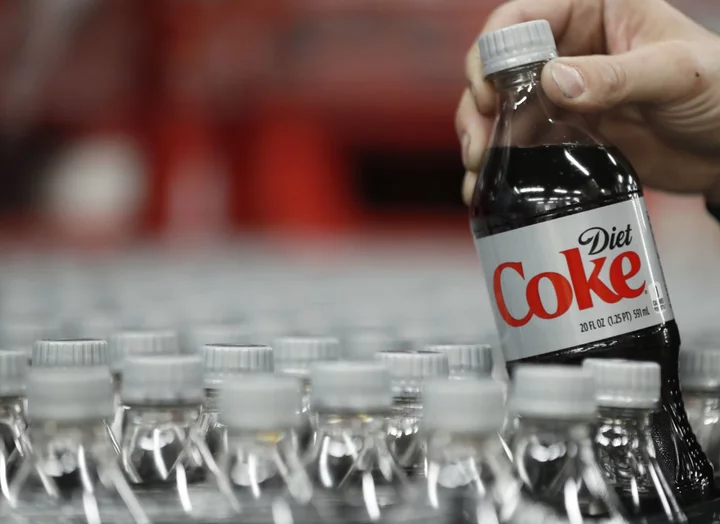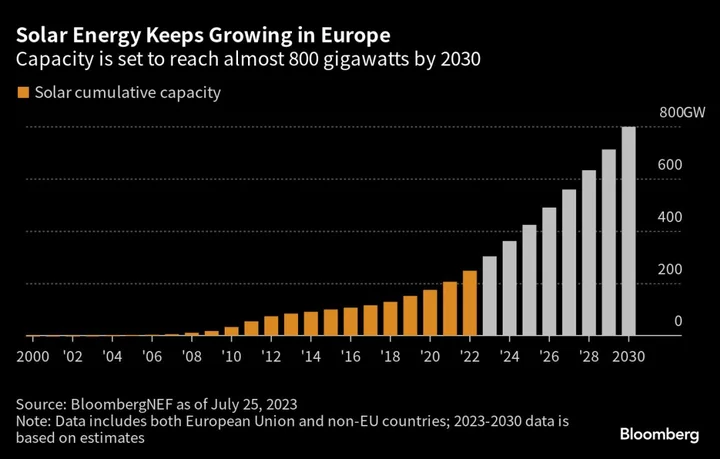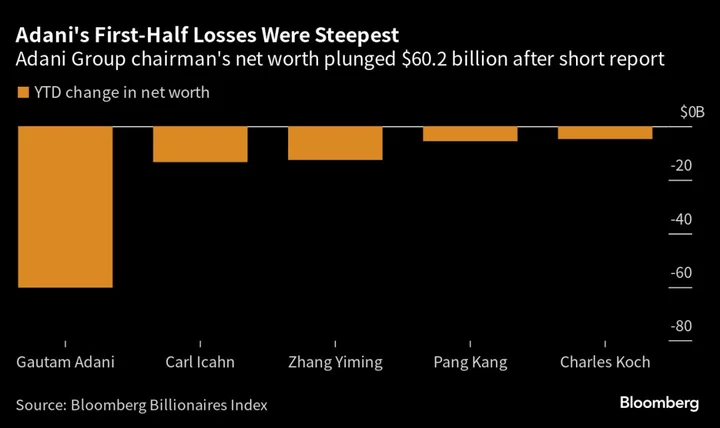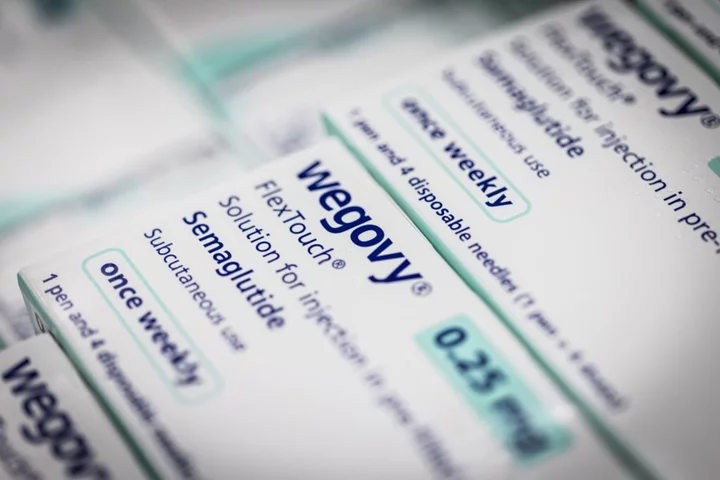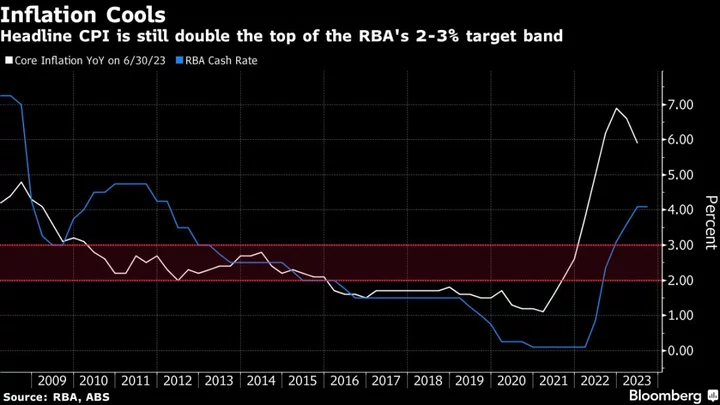The World Health Organization will declare one of the world’s most widely used artificial sweeteners, found in thousands of sugar-free foods from soft drinks to jelly and chewing gum, as potentially cancer-causing next month.
Aspartame will be deemed “possibly carcinogenic to humans” by the WHO’s International Agency for Research on Cancer, Reuters reported.
Here’s everything you need to know about the substance.
What is aspartame?
Aspartame is popular with food manufacturers because of its very high levels of sweetness and low calorie count. It’s made by combining two naturally occurring amino acids, phenylalanine and aspartic acid. It was discovered in 1965 by chemist James M. Schlatter in the US. He was reportedly researching anti-ulcer drugs and licked his finger, which was coated with the compound, thereby discovering its sweetness.
What is aspartame used in?
The sugar substitute is found in thousands of products made by some of the world’s biggest food manufacturers — Coca-Cola Co. and PepsiCo Inc. use it in their zero-sugar offerings and Mars Inc. adds it to Wrigley’s chewing gum products. It’s also sold as an off-the-shelf sweetener under brand names like Equal and NutraSweet.
What will the WHO say?
The WHO is planning to release two reports on aspartame on July 14, according to Reuters. The IARC is expected to highlight its cancer risk. The other report from the Joint Food and Agriculture Organization/WHO Expert Committee on Food Additives, which will provide an updated risk assessment of the sweetener, will touch on the acceptable daily intake of aspartame and other possible adverse effects of consuming it.
Read more: China’s Sweetener Makes Get Stock Boost on Aspartame Speculation
What other conclusions could the IARC draw?
The assessment will classify aspartame into one of four categories: carcinogenic to humans, probably carcinogenic to humans, possibly carcinogenic to humans or “not classifiable as to its carcinogenicity to humans.”
What do current guidelines say?
The JECFA first issued an evaluation of the additive in 1981, concluding that the acceptable daily intake for aspartame is 40 milligrams per kilogram of body weight. That limit is backed by other regulators like the European Food Safety Authority. A 12 ounce (355 milliliter) can of diet soda typically contains some 200 mg of aspartame, according to the University of Alabama.
What do other groups say?
The US Food and Drug Administration has considered aspartame safe since 1974, when it approved the compound for “use as a tabletop sweetener and in chewing gum, cold breakfast cereals, and dry bases for certain foods.” In 1996 the FDA approved it for use as a “general sweetener.”
However, the Center for Science in the Public Interest, a consumer advocacy group, has called aspartame the low-calorie sweetener of “most concern” because there is “compelling evidence that it causes cancer and is a potent carcinogen.” It nominated the ingredient for evaluation by the IARC in 2014 and 2019.
What has the industry’s response been?“There is broad consensus in the scientific and regulatory community that aspartame is safe. It’s a conclusion reached time and time again by food-safety agencies around the world,” the American Beverage Association told Bloomberg in a statement. Coca-Cola and PepsiCo declined to comment.

